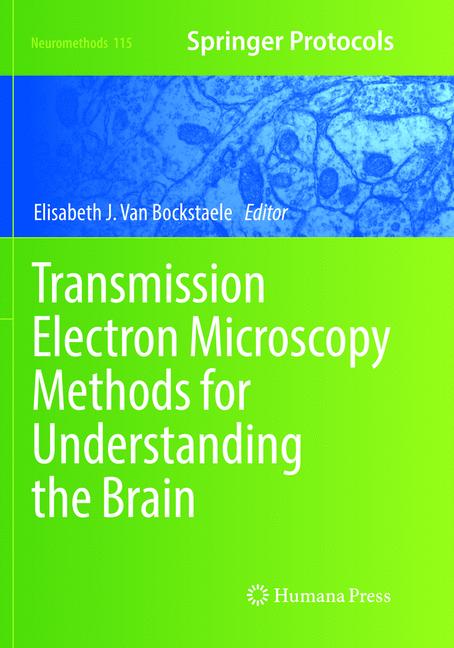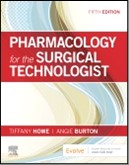This volume is directed at individuals interested in the field of neuroscience who are novices or experts in the use of transmission electron microscopy. The goal of is to provide a comprehensive series of chapters on how this tool can be used to study the brain with a strong emphasis on successful hands‐on application of the electron microscopy technique. Written in the popular Neuromethods series style, chapters include the kind of detail and key advice from the specialists needed to get successful results in your own laboratory.
Concise and easy-to-use, Transmission Electron Microscopy Methods for Understanding the Brain aims to ensure successful results in the further study of this vital field.
Historical and Current Perspectives on the use of Transmission Electron Microscopy in Neuroscience.- Dual Labeling Immuno-Electron Microscopic Method For Identifying Pre- and Post-Synaptic Profiles in Mammalian Brain.- Analyzing Synaptic Ultrastructure with Serial Section Electron Microscopy.- Combining Anterograde Tracing and Immunohistochemistry to Define Neuronal Synaptic Circuits.- Three-Dimensional Electron Microscopy Imaging of Spines in Non-Human Primates.- Electron Microscopy Of The Brains Of Drosophila Models Of Alzheimer’s Diseases.- A Multi-Faceted Approach With Light and Electron Microscopy to Study Abnormal Circuit Maturation in Rodent Models.- Using Sequential Dual Immunogold-Silver Labeling And Electron Microscopy to Determine the fate of Internalized G-Protein Coupled Receptors Following Agonist Treatment.- Identification Of Select Autonomic and Motor Neurons in the Rat Spinal Cord Using Retrograde Labeling Techniques and Post-Embedding Immunogold Detection of Fluorogold in the Electron Microscope.- Postembedding Immunohistochemistry for Inhibitory Neurotransmitters in Conjunction with Neuroanatomical Tracer.- Molecular Electron Microscopy In Neuroscience: An Approach to Study Macromolecular Assemblies.- Assessment of Apoptosis and Neuronal Loss in Animal Models of HIV-1-Associated Neurocognitive Disorders.
This volume is directed at individuals interested in the field of neuroscience who are novices or experts in the use of transmission electron microscopy. The goal of is to provide a comprehensive series of chapters on how this tool can be used to study the brain with a strong emphasis on successful hands‐on application of the electron microscopy technique. Written in the popular Neuromethods series style, chapters include the kind of detail and key advice from the specialists needed to get successful results in your own laboratory.
Concise and easy-to-use, Transmission Electron Microscopy Methods for Understanding the Brain aims to ensure successful results in the further study of this vital field.
Includes cutting-edge methods and protocols





